Home>Construction & Tools>Building Materials>How To Lay Brick
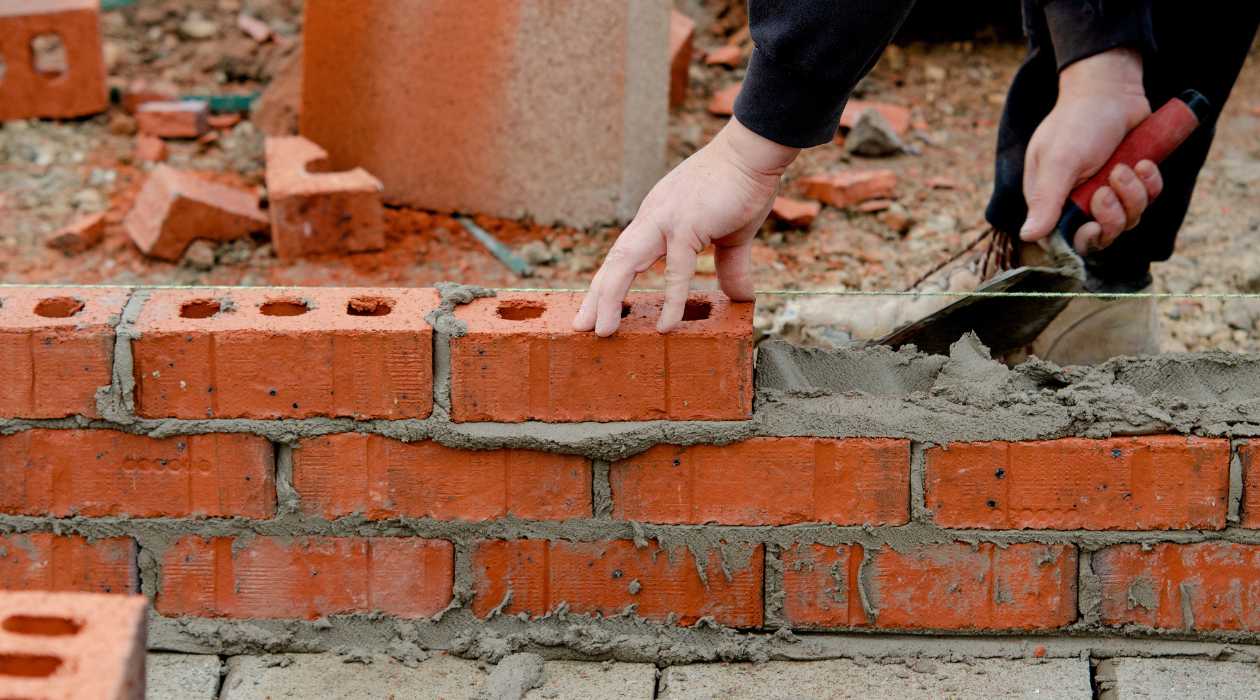

Building Materials
How To Lay Brick
Modified: August 27, 2024
Learn the best techniques for laying bricks and choosing the right building materials. Discover step-by-step instructions for a successful bricklaying project.
(Many of the links in this article redirect to a specific reviewed product. Your purchase of these products through affiliate links helps to generate commission for Storables.com, at no extra cost. Learn more)
Introduction
Laying bricks is an age-old practice that has stood the test of time, providing strength, durability, and timeless elegance to countless structures. Whether you're embarking on a DIY project or a professional construction endeavor, mastering the art of laying bricks is a valuable skill. This comprehensive guide will walk you through the essential steps, from planning and preparation to the finishing touches, ensuring that your bricklaying venture is a resounding success.
Bricklaying is a craft that demands precision, patience, and attention to detail. By understanding the fundamental techniques and investing the necessary time and effort, you can transform a pile of bricks into a sturdy and visually stunning wall. This article aims to demystify the process, empowering you with the knowledge and confidence to embark on your bricklaying journey.
Whether you're constructing a garden wall, a barbecue pit, or a full-scale building, the principles of laying bricks remain consistent. With the right tools, materials, and know-how, you can turn your vision into a tangible, long-lasting structure. So, roll up your sleeves, don your work gloves, and let's delve into the art of laying bricks with precision and finesse.
Key Takeaways:
- Laying bricks requires meticulous planning, precise mortar mixing, and careful alignment for a sturdy and visually appealing structure. Attention to detail and craftsmanship are essential for a successful bricklaying project.
- The finishing touches, such as refining mortar joints and integrating architectural features, elevate the durability and visual appeal of the brick wall. Attention to detail and protective measures ensure a lasting and polished structure.
Read more: How To Lay Brick For A Fireplace
Tools and Materials Needed
Before diving into the bricklaying process, it’s crucial to gather the essential tools and materials. Having the right equipment at your disposal will streamline the construction process and ensure the quality of your work.
Tools:
- Trowel: A pointed or square-edged trowel is essential for spreading and shaping mortar.
- Brick Hammer: Used for splitting bricks and striking a clean, precise edge.
- Jointer: This tool is employed to create a smooth finish and uniform joints between bricks.
- Level: Ensures that the bricks are aligned horizontally and vertically, maintaining the structural integrity of the wall.
- Mason's Line: A taut line used as a guide for aligning bricks during installation.
- Measuring Tape: Essential for accurate measurements and layout planning.
- Wheelbarrow: For mixing mortar and transporting bricks and other materials around the worksite.
- Bucket: Used for carrying and pouring water when mixing mortar.
Materials:
- Bricks: Select high-quality bricks suitable for the intended structure, considering factors such as color, texture, and load-bearing capacity.
- Mortar Mix: A blend of cement, sand, and water, creating a strong adhesive for securing the bricks in place.
- Foundation Footings: Depending on the scale of the project, you may require concrete footings to support the brickwork.
- Damp-Proof Course (DPC): A barrier installed between the foundation and the first course of bricks to prevent moisture from seeping into the structure.
- Clean Water: Necessary for mixing mortar and ensuring proper hydration of the materials.
By assembling these tools and materials, you’ll be well-equipped to commence the bricklaying process with confidence and efficiency. The careful selection and maintenance of tools, along with the procurement of high-quality materials, are pivotal to the success of your bricklaying endeavor.
Planning and Preparation
Before laying the first brick, meticulous planning and thorough preparation are essential for a successful bricklaying project. This phase sets the foundation for the entire construction process, ensuring that the subsequent steps unfold seamlessly.
Read more: How To Lay Brick Floor
Site Assessment:
Prior to commencing any construction, evaluate the site where the brickwork will be installed. Consider factors such as soil composition, drainage, and the presence of any underground utilities. Additionally, assess the environmental conditions, including exposure to wind, rain, and sunlight, to determine the appropriate materials and techniques for the project.
Design and Layout:
Develop a clear design and layout plan for the brickwork, taking into account the dimensions of the structure, the desired bond pattern for the bricks, and any architectural features or openings. Utilize a measuring tape, chalk lines, and wooden pegs to mark the layout on the ground, providing a visual guide for the construction process.
Foundation Preparation:
Ensure that the foundation is level, stable, and free of debris before laying the first course of bricks. If necessary, construct concrete footings or utilize existing footings to provide a solid base for the brickwork. Install a damp-proof course (DPC) to prevent moisture from rising through the foundation and compromising the integrity of the structure.
Material Organization:
Organize the bricks, mortar mix, and tools in close proximity to the worksite, streamlining the construction process and minimizing unnecessary movement. This strategic arrangement facilitates efficient access to materials and promotes a smooth workflow, enhancing productivity and precision during bricklaying.
By meticulously planning the layout, assessing the site conditions, and preparing the foundation and materials, you establish a robust framework for the bricklaying process. This preparatory phase is integral to the overall success of the project, setting the stage for the methodical and skillful installation of the bricks.
Read more: How To Lay A Mortared Brick Patio
Mixing Mortar
Creating a well-prepared mortar mix is a foundational aspect of bricklaying, as it serves as the adhesive that bonds the bricks together, ensuring structural integrity and longevity. The process of mixing mortar requires precision and attention to detail to achieve the ideal consistency and strength for the brickwork.
Choosing the Right Mortar Mix:
Before mixing mortar, it’s crucial to select the appropriate mortar mix based on the specific requirements of the project. Mortar mixes vary in composition, with different ratios of cement, sand, and other additives, such as lime or plasticizers. The selection of the mortar mix should align with the structural demands, environmental conditions, and aesthetic preferences of the construction project.
Measuring and Mixing:
Begin by measuring the required quantities of cement and sand according to the predetermined ratio specified for the chosen mortar mix. A common ratio for mortar mix is 1 part cement to 3 parts sand. Using a wheelbarrow or a sturdy mixing container, combine the measured sand and cement, ensuring an even distribution of the materials.
Adding Water and Mixing:
Gradually introduce clean water into the dry mixture, using a shovel or hoe to blend the components thoroughly. Exercise caution to avoid overwatering, as excessive moisture can compromise the strength and consistency of the mortar. Aim for a homogeneous blend that exhibits cohesiveness and malleability, allowing it to be shaped without slumping or crumbling.
Read more: How To Lay Bricks For Garden Edging
Testing the Consistency:
Once the mortar mix is thoroughly combined, perform a simple test to assess its consistency. Use the trowel to create a ridge in the mortar; if the ridge retains its shape without excessive sagging or deformation, the mortar is at the optimal consistency for bricklaying. Conversely, if the ridge collapses or appears too dry, make slight adjustments by adding small amounts of water or dry mix as needed.
Resting and Re-Mixing:
After achieving the desired consistency, allow the mortar to rest for several minutes to attain the ideal workability. During this resting period, the water will permeate the dry ingredients, enhancing the cohesiveness of the mix. Prior to commencing bricklaying, give the mortar a final thorough mix to ensure uniformity and homogeneity.
By mastering the art of mixing mortar, you lay the groundwork for a robust and enduring brick structure. The careful selection of the mortar mix, precise measurement and blending of materials, and meticulous attention to consistency collectively contribute to the strength, stability, and visual appeal of the brickwork.
Laying the Foundation
The foundation serves as the bedrock of any brick structure, providing stability, load-bearing support, and resilience against environmental factors. Properly laying the foundation is a critical precursor to the subsequent stages of bricklaying, and it demands careful attention to detail and precision.
Preparing the Foundation:
Prior to laying the first course of bricks, ensure that the foundation is clean, level, and free of any debris or obstructions. If necessary, apply a layer of mortar or grout to the top surface of the foundation to create a smooth and even base for the brickwork. This preparatory step sets the stage for the systematic installation of the bricks.
Read more: How To Lay A Brick Walkway Over Concrete
Applying Mortar Bedding:
Using a trowel, apply a uniform layer of mortar onto the prepared foundation, creating a bedding for the first course of bricks. The thickness of the mortar bedding should be consistent, providing a stable and level surface for the initial layer of bricks to rest upon. This foundational mortar bed is essential for establishing the alignment and stability of the entire brick structure.
Setting the First Course:
With the mortar bedding in place, carefully position the first course of bricks according to the predetermined layout and design plan. Utilize a level to ensure that the bricks are aligned both horizontally and vertically, maintaining a uniform and structurally sound foundation. Pay close attention to the placement and orientation of each brick, as the precision of the first course sets the standard for the entire wall.
Checking Alignment and Level:
As you lay the first course of bricks, periodically verify the alignment and levelness of the bricks using a spirit level. Adjust the positioning of individual bricks as needed to maintain a consistent and straight foundation. This meticulous attention to detail during the foundational stage establishes a solid framework for the subsequent layers of brickwork.
Securing the Foundation:
Once the first course of bricks is in place and aligned, ensure that the mortar bedding effectively secures the bricks to the foundation. Press each brick firmly into the mortar to establish a strong bond, and use a jointer to create smooth, uniform joints between the bricks. This meticulous approach guarantees the stability and cohesion of the foundational layer.
By meticulously laying the foundation, you establish a solid base for the rest of the brick structure, ensuring stability, alignment, and durability. The careful application of mortar bedding, precise placement of the first course, and meticulous attention to alignment collectively set the stage for the seamless and structurally sound progression of the bricklaying process.
Read more: How To Lay Mortared Brick On Front Steps
Laying the First Course
The first course of bricks forms the cornerstone of the entire brick structure, dictating its alignment, stability, and visual appeal. This pivotal stage in the bricklaying process demands precision, attention to detail, and a keen eye for maintaining a level and straight foundation for the subsequent courses of bricks.
Aligning with the Layout Plan:
Referencing the predetermined layout plan, carefully position the first course of bricks on the prepared foundation. Utilize a mason’s line or chalk lines as guides to ensure that the bricks are arranged in accordance with the desired bond pattern and structural requirements. This initial alignment sets the standard for the entire wall, influencing the uniformity and aesthetics of the brickwork.
Creating Uniform Joints:
As you lay the bricks for the first course, pay close attention to the spacing between each brick to achieve consistent joint widths. Utilize a jointer to shape and smooth the mortar joints, ensuring that they are uniform and visually appealing. The meticulous craftsmanship exhibited during this stage contributes to the overall precision and attractiveness of the brick structure.
Verifying Levelness and Alignment:
Periodically employ a spirit level to verify the horizontal and vertical alignment of the bricks within the first course. Adjust the positioning of individual bricks as needed to maintain a level surface and straight vertical lines. This diligent oversight ensures that the foundational course sets a solid and accurate precedent for the subsequent layers of bricks.
Maintaining Structural Integrity:
As you lay the first course, prioritize the structural integrity of the wall by ensuring that each brick is securely embedded in the mortar bedding. Press each brick firmly into place, confirming its adhesion to the foundation and neighboring bricks. This meticulous approach fortifies the stability and durability of the foundational layer.
Adhering to Quality Standards:
Throughout the process of laying the first course, uphold stringent quality standards, striving for precision, uniformity, and meticulous attention to detail. By adhering to these standards from the outset, you establish a solid foundation for the subsequent courses, ensuring a seamless and visually striking brick structure.
By conscientiously laying the first course of bricks, you establish a solid, level, and visually appealing foundation for the entire brick structure. The precision, alignment, and craftsmanship exhibited during this critical stage set the tone for the subsequent layers, shaping the overall quality and aesthetic appeal of the brickwork.
Building Up the Wall
As the first course of bricks sets the stage, the subsequent layers contribute to the structural integrity, stability, and visual impact of the brick wall. Building up the wall requires a methodical approach, meticulous attention to detail, and a keen focus on maintaining alignment, levelness, and uniformity throughout the construction process.
Applying Mortar and Laying Bricks:
With the first course firmly in place, apply mortar to the top surface of the foundational layer, creating a consistent and level bedding for the next course of bricks. Using the appropriate trowel, spread the mortar evenly to ensure secure adhesion and alignment for the subsequent bricks. Carefully position each brick, pressing it firmly into the mortar bedding and verifying its alignment and levelness.
Read more: How To Lay Grass
Creating Consistent Joints and Bond Patterns:
As you build up the wall, maintain a keen eye for creating uniform joints between the bricks, utilizing a jointer to shape and smooth the mortar joints. Adhere to the predetermined bond pattern, whether it’s stretcher bond, English bond, or another design, to ensure the structural stability and visual appeal of the wall. Consistency in joint width and bond pattern enhances the overall quality of the brickwork.
Verifying Alignment and Plumb:
Throughout the construction of each course, continuously verify the alignment and plumb of the bricks using a spirit level and plumb bob. Adjust the positioning of individual bricks as necessary to maintain a straight and vertically true wall. This meticulous oversight ensures that the structural integrity and visual precision of the wall are upheld with each successive course.
Securing Each Course:
As you build up the wall, prioritize the secure placement and adhesion of each brick within the mortar bedding. Press each brick firmly into place, confirming its stability and alignment with the surrounding bricks. This meticulous approach fortifies the strength and durability of the wall, ensuring a solid and resilient structure.
Maintaining a Methodical Rhythm:
Maintain a consistent and methodical rhythm as you build up the wall, ensuring a steady and efficient progression of the construction process. By adhering to a structured approach and meticulous attention to detail, you uphold the quality and precision of the brickwork, resulting in a visually striking and enduring wall.
By methodically building up the wall, you contribute to the structural soundness, stability, and aesthetic appeal of the brick structure. The precision, alignment, and craftsmanship exhibited during the construction of each course collectively shape the overall quality and visual impact of the brick wall, culminating in a robust and visually striking architectural feature.
Read more: How To Lay A Cobblestone Patio
Finishing Touches
As the brick wall nears completion, attention turns to the finishing touches that enhance its visual appeal, durability, and overall quality. These final steps encompass the refinement of joints, the integration of architectural features, and the preservation of the brickwork, culminating in a polished and enduring structure.
Refining Mortar Joints:
Following the completion of the bricklaying process, dedicate attention to refining the mortar joints to achieve a uniform and visually appealing finish. Utilize a jointer or pointing trowel to shape and smooth the joints, ensuring consistent widths and a tidy, professional appearance. Well-crafted mortar joints contribute to the overall precision and aesthetic appeal of the brick wall.
Integrating Architectural Features:
If the brick wall incorporates architectural features such as arches, corbelling, or decorative patterns, meticulously integrate these elements into the structure. Pay close attention to the precise positioning and alignment of architectural details, ensuring that they seamlessly complement the overall design and contribute to the visual impact of the brickwork.
Protecting the Brickwork:
Prior to concluding the project, consider the long-term preservation of the brickwork by applying a suitable sealant or protective coating. This safeguarding measure shields the bricks from environmental elements, moisture, and potential deterioration, prolonging the lifespan and visual allure of the wall. Select a sealant that aligns with the specific requirements and characteristics of the brick material.
Read more: How To Lay Out A Garden
Cleaning and Inspection:
Upon completing the finishing touches, conduct a thorough cleaning of the brick wall to remove any residual mortar, dirt, or debris. Utilize a stiff brush and clean water to gently scrub the surface, revealing the natural beauty and texture of the bricks. Subsequently, perform a comprehensive inspection of the entire structure to confirm the integrity of the brickwork and address any minor imperfections or irregularities.
Admiring the Craftsmanship:
Take a moment to admire the culmination of your meticulous craftsmanship and dedication as you stand before the completed brick wall. Embrace the satisfaction of transforming a pile of bricks into a resilient, visually striking structure that embodies timeless elegance and enduring strength. Your attention to detail and commitment to quality have contributed to the creation of a lasting architectural feature.
By attending to the finishing touches, you elevate the visual appeal, durability, and longevity of the brick wall, ensuring that it stands as a testament to craftsmanship and precision. The refinement of mortar joints, integration of architectural features, protective measures, and meticulous cleaning collectively culminate in a polished and enduring brick structure.
Conclusion
Embarking on a bricklaying venture is a testament to craftsmanship, precision, and the enduring appeal of traditional building materials. Throughout the journey of laying bricks, you have delved into the fundamental techniques, from meticulous planning and preparation to the meticulous execution of each course, culminating in a visually striking and resilient brick structure.
As you reflect on the completion of the brick wall, it’s evident that the art of bricklaying transcends mere construction; it embodies a legacy of timeless elegance, durability, and craftsmanship. Each carefully positioned brick, each meticulously shaped joint, and each thoughtful finishing touch contribute to a structure that stands as a testament to your dedication and skill.
Furthermore, the knowledge and experience gained from this endeavor extend beyond the completion of a single project. The principles of precision, attention to detail, and the pursuit of enduring quality are transferrable to a myriad of construction and craftsmanship disciplines, enriching your capabilities and fostering a deep appreciation for the art of building.
As you stand before the completed brick wall, take pride in the enduring legacy that you have created. Whether it serves as a garden enclosure, a structural element of a building, or a decorative feature, the brick wall stands as a tangible representation of your dedication to quality, craftsmanship, and the timeless allure of brick as a building material.
In the world of construction, the art of laying bricks remains a cornerstone of architectural heritage, embodying strength, resilience, and aesthetic appeal. By mastering the techniques and principles of bricklaying, you have not only created a lasting structure but also embraced a tradition that transcends generations, leaving an indelible mark on the built environment.
As you venture forth, may the knowledge and expertise gained from this bricklaying endeavor continue to inspire and guide your future construction endeavors, fostering a legacy of enduring craftsmanship and timeless elegance in every project you undertake.
Frequently Asked Questions about How To Lay Brick
Was this page helpful?
At Storables.com, we guarantee accurate and reliable information. Our content, validated by Expert Board Contributors, is crafted following stringent Editorial Policies. We're committed to providing you with well-researched, expert-backed insights for all your informational needs.
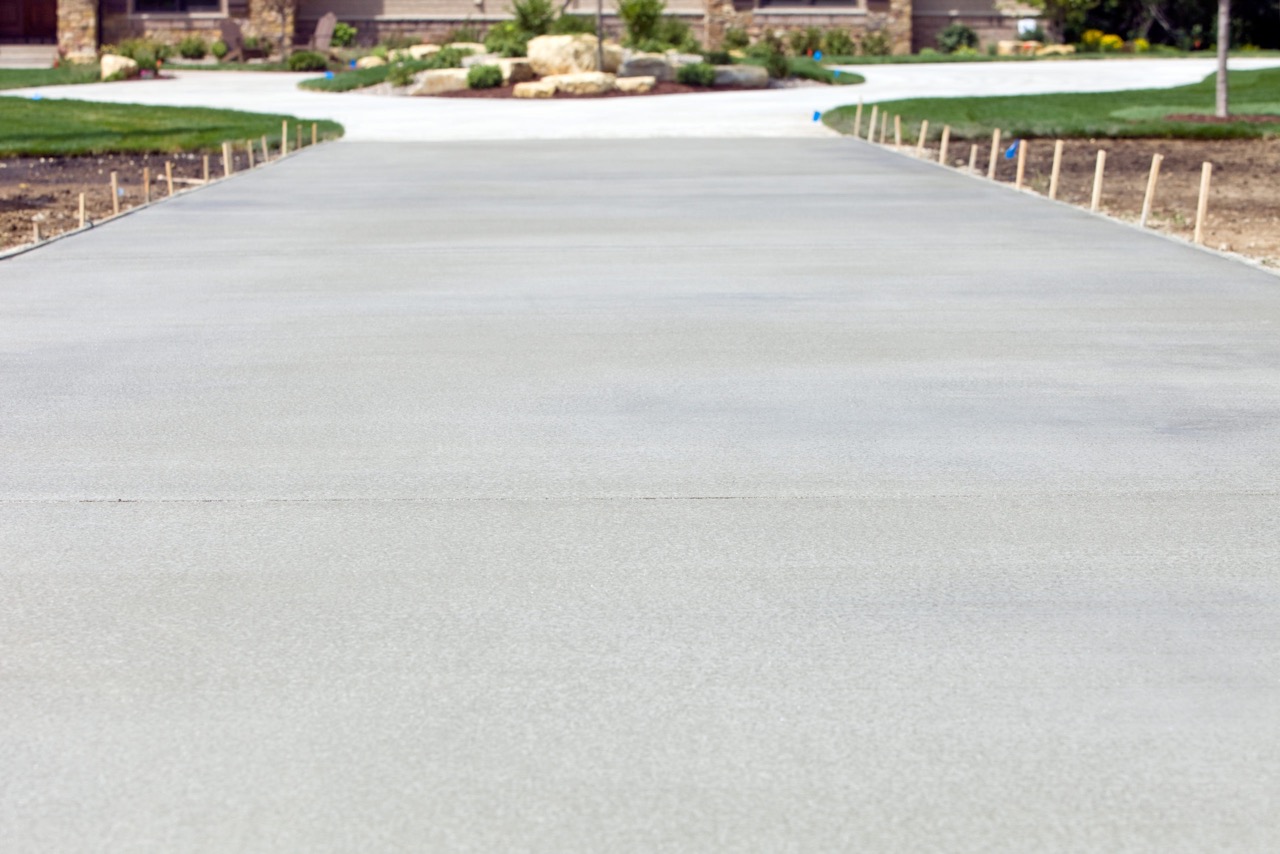
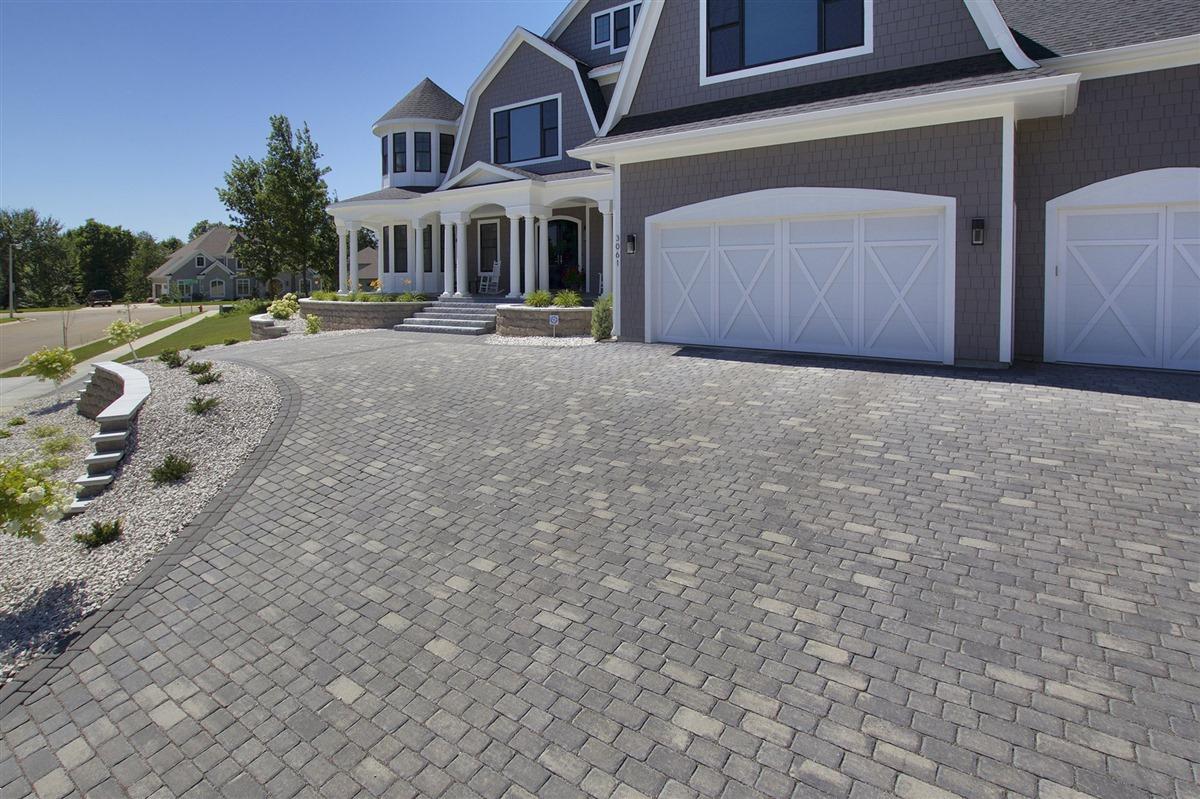
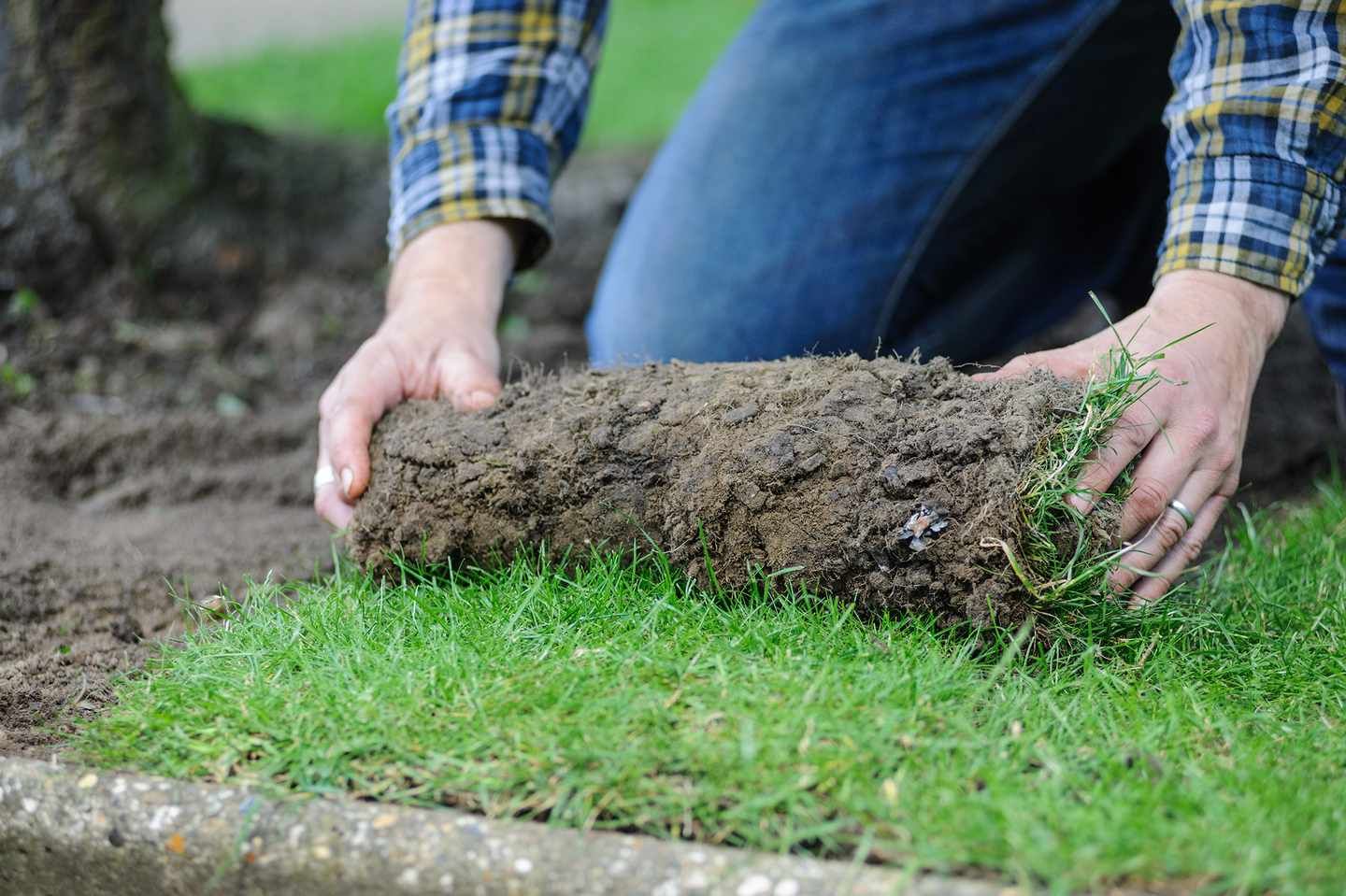
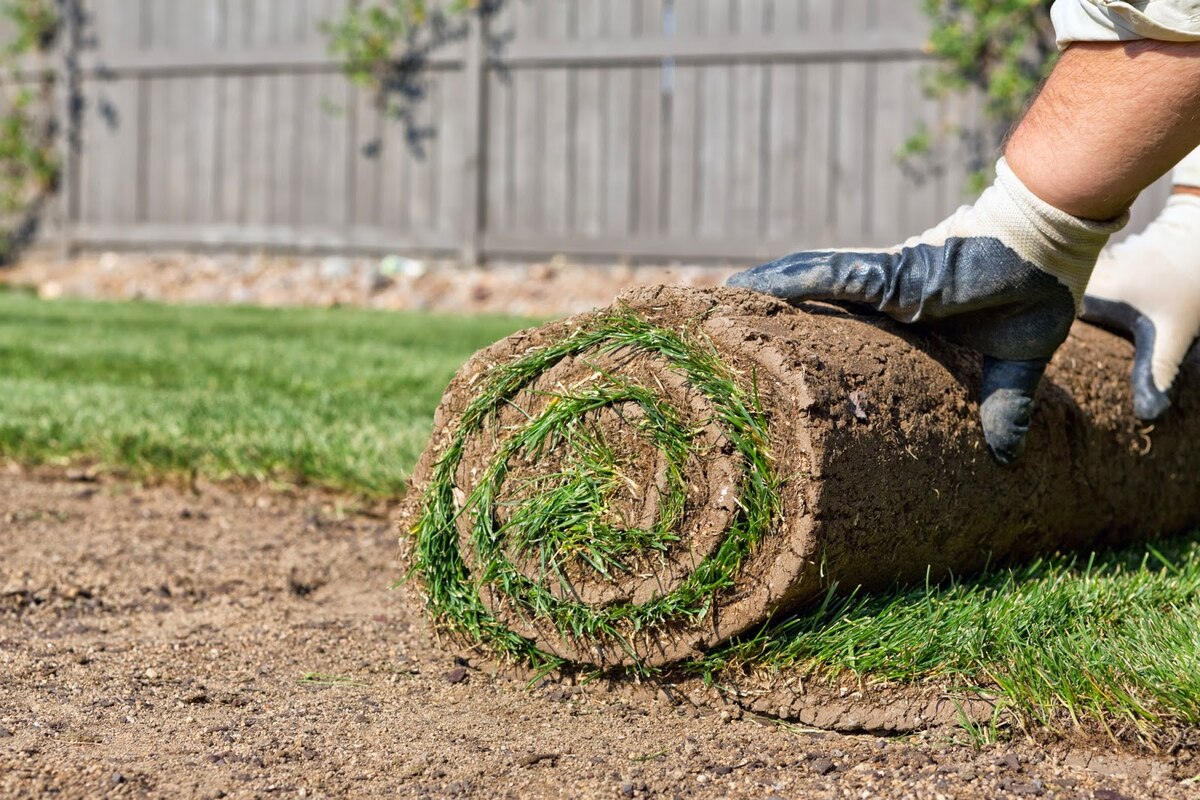

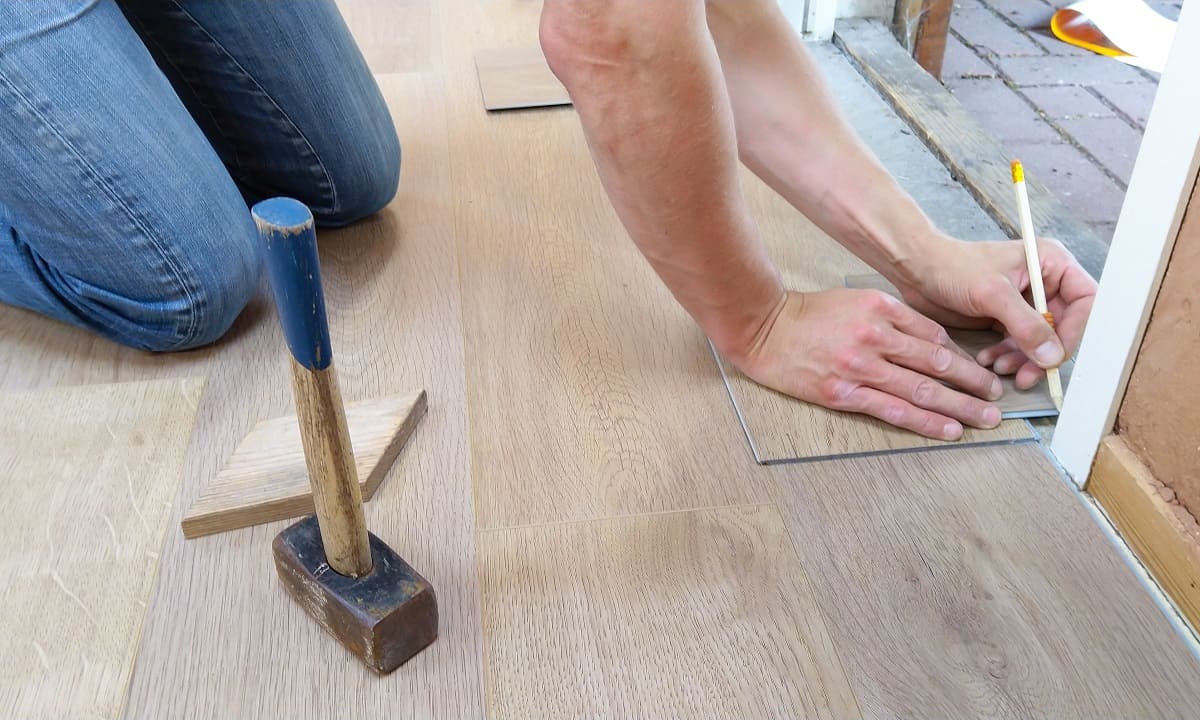

0 thoughts on “How To Lay Brick”